Interior
For £180, we're not massively impressed by the side panel design. Thumbscrews and small handles are a given, but there's still a reliance here on notches and rails. These aren't disastrous, and they're used by most cases, but we'd much prefer a hinged design of some sort. On our sample, the left panel was a nuisance when it came to aligning and securing all the notches, and a number of times we were left with an unsightly gap between panel and case where it had missed the mark.The internals are kept clean by the use of a PSU cover and a vertical plate that hides the HDD area. This might interfere with oversized graphics cards, but the vast majority will fit fine; you are not left wanting for space in this case. All core components are easy to install, with the PSU sliding in from the back after attaching to its dedicated bracket.
A pair of 2.5in drive trays sits atop the PSU cover, so you can show off your SSDs through the window. Remaining drives, be they 3.5in or 2.5in, are screwed into place on one of the five individually removable trays, which are hewn from steel and have rubberised mounting holes for mechanical drives. A final drive can be secured to the floor of the case, too.
With the PSU cover, numerous well positioned routing holes, and ample space behind the motherboard tray, the Noctis 450 remains well suited to dealing with a mess of cables, although it lacks the finesse of Phanteks cases, for example, which have nifty additional features like Velcro cable ties.
It's a good thing that cable routing is relatively easy in this case, as there is a significant amount of wiring to deal with. There's good reason for this, however, or rather two good reasons. The first is the PWM fan hub, which allows you to synchronise and control up to eight fans via your motherboard's CPU PWM signal, even if they're only 3-pin models. NZXT supplies the Noctis 450 with the four case fans already connected, meaning you only need to connect the hub to your motherboard, CPU fan, and a single Molex power connector to get everything running.
The second reason is the built-in lighting, and this is where the ROG branding finally makes a difference. Looking at the rear of the motherboard tray, you'll see two hubs. The small one up top diverts a bit of power from the Molex connector used for the fan hub to power the rear I/O LEDs. The larger one in the bottom right, meanwhile, controls all the remaining case lights, and there's quite a number of them. Look closely, and you'll see six RGB connectors. One goes to the power LED, and another is used to control the lighting of the NZXT logo that's visible through the window on the side of the PSU cover. Two more are used for the pair of underside lighting strips, with the final two connected to a new pair of LED strips: one in the roof next to the top of the window, and one on the floor just next to the bottom of it.
Of course, RGB lights are somewhat meaningless without a means of control, which is where the seventh cable emanating from the PCB comes in and makes clear the target audience of this case: those with one of the latest Asus motherboards that have an RGB header. Once connected, you'll then be able to use the Aura software to control the six different LED positions and synchronise them to your other Aura-enabled hardware. In theory, you might be able to connect and control them using a competing manufacturer's RGB header and software (the red, blue, green, and 12V pin-outs are the same), though we haven't tested this and the intention is evidently that you'll go with Asus. If you buy this case without an RGB header, a Molex to RGB adaptor is provided, in which case you'll be stuck with all-red lightingl.
With a decent amount of clearance in the roof, removable front drive trays, and elongated mounting struts, the Noctis 450 ROG is also fairly well equipped for water-cooling setups. There's support for 360mm and 280mm radiators in both the front and the roof and the potential to install thick radiators as well. As we said before though, it's a shame the case doesn't also include built-in spots for pump and reservoir mounting – it definitely occupies the sort of price bracket where those interested in custom water-cooling might be looking for a case.

MSI MPG Velox 100R Chassis Review
October 14 2021 | 15:04



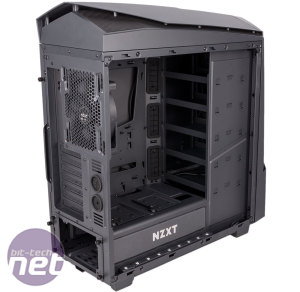
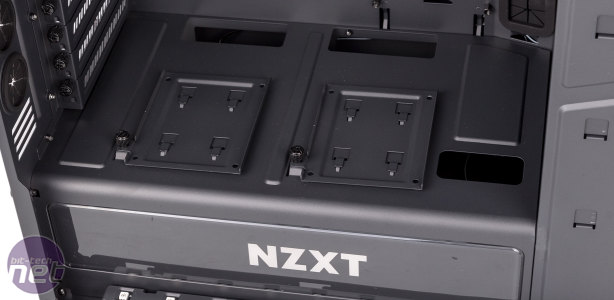
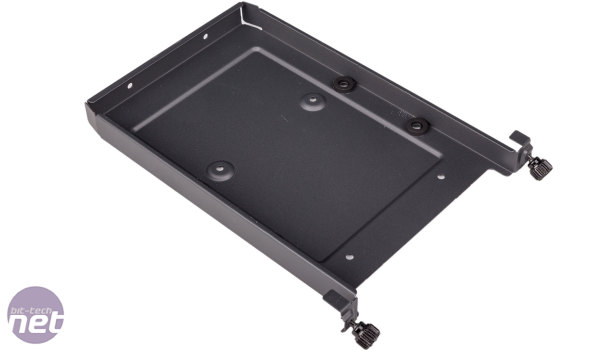
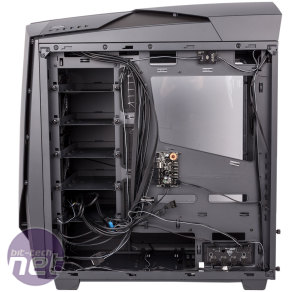

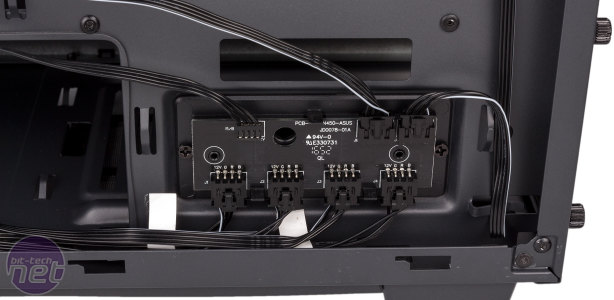
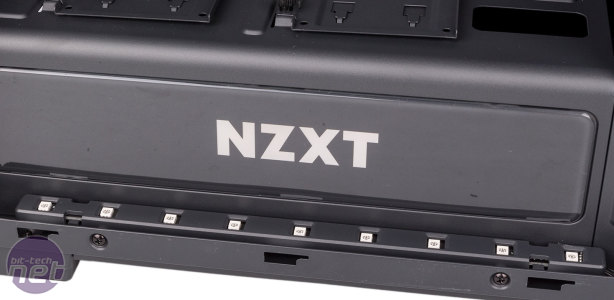

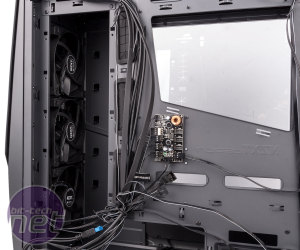
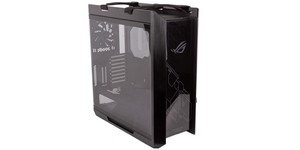
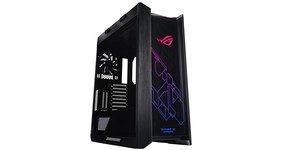





Want to comment? Please log in.